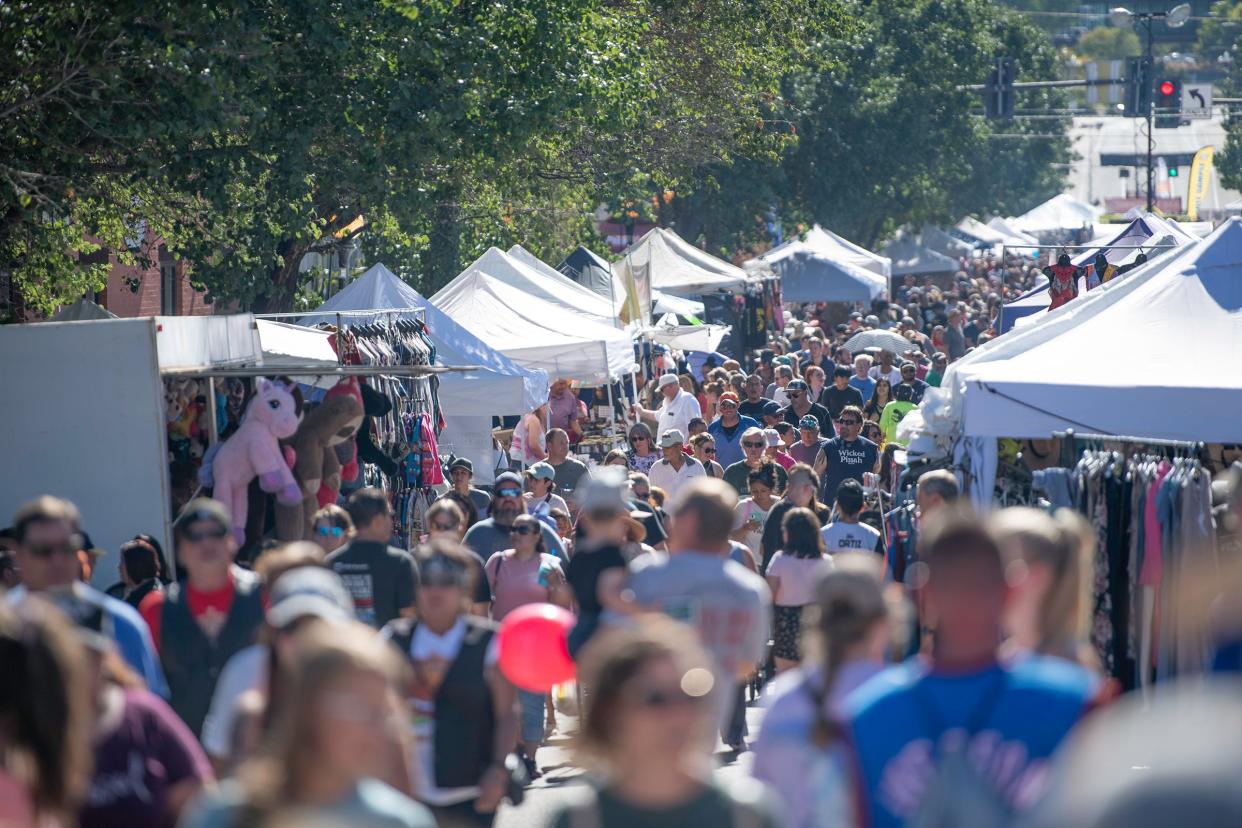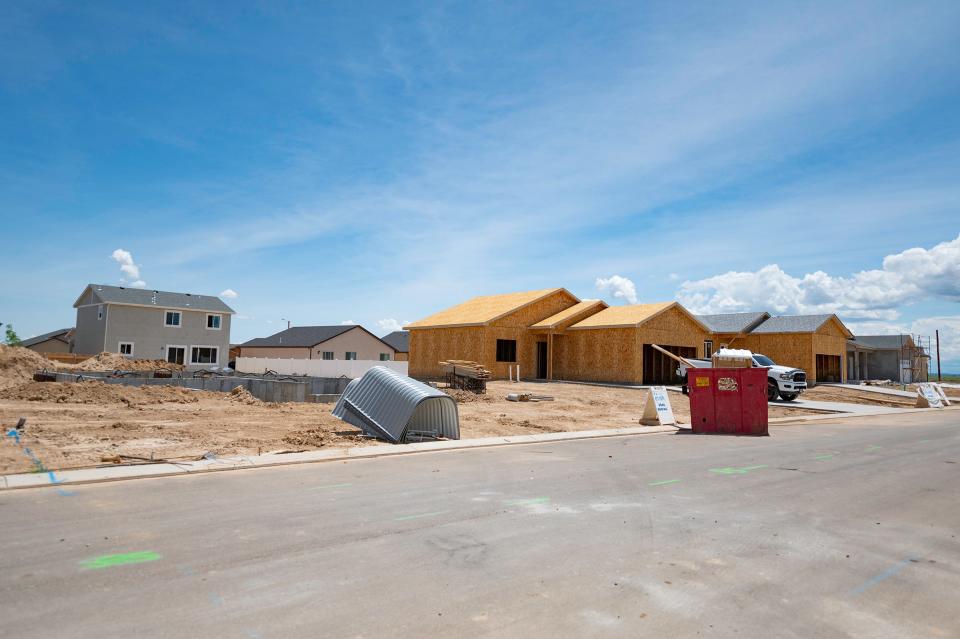Pueblo's population is growing. Here are 6 trends to know about

Pueblo County’s population dropped between 1960 and 1970, but the area has recorded a growing population in every census since.
At a work session Monday, Pueblo City Council heard from the Colorado state demographer, Elizabeth Garner, about the past, present and future trends of Pueblo’s growth.
Here’s what you need to know.
How Pueblo has been growing in recent years
Between 2020 and 2022, Pueblo County recorded a net increase of 613 people — that’s slower than the pace of growth in the past decade, but some other counties in Colorado recorded a declining population in that time.
Colorado has seen a significant population increase compared with other states in the past decade: The Centennial State grew by nearly 15% between 2010 and 2020, picking up a new seat in Congress as some other states saw a decline in population.
The vast majority of recent growth in Colorado has been concentrated along the Front Range, Garner said. Growth in Colorado peaked in 2015: Population is still increasing, but at a slower rate.
Garner said Pueblo County has continued to grow at a “slow but steady,” moderate pace. Some of the growth in Pueblo can be attributed to its proximity to El Paso County for people in the labor force, as the cost of living is significantly cheaper here.
Within the county, unincorporated areas — including Pueblo West — grew by 7.6% between 2010 and 2020, while the city of Pueblo grew by 4.7%.
COVID-19 affected Pueblo's demographics and economy
The death rate in Pueblo County grew significantly during the worst times of the COVID-19 pandemic, which is confirmed to have caused the deaths of 909 Puebloans, according to the Pueblo Department of Public Health and Environment.
People who passed away from COVID-19 in Pueblo were predominantly older: 40% were over the age of 80 and only 6% were under the age of 50. Fifty-four percent were male.
Epidemiologists say that the true count of people who lost their lives to COVID-19 is much higher than official counts, as some cases may not have been adequately reported.
Millions of people around the U.S. lost their jobs amid the first few months of the pandemic, but the economic shock to jobs in Pueblo was less debilitating than it was to other counties in Colorado. Pueblo County has largely recovered from the economic impact of the pandemic, Garner said.
More older adults move to Pueblo
Bucking the statewide average, Pueblo sees a large amount of older people moving to town.
Many people in their 20s move out of Pueblo, while net migration starts to pick back up when people are in their 30s. The rate dips slightly beyond that age bracket but picks up significantly for people in their 60s.
The age-based trends for net migration into Pueblo differ from the statewide average, where net migration peaks among people between the ages of 25 and 34.
Councilor Dennis Flores shared at Monday's work session that a few of his neighbors retired to Pueblo because of the relatively lower cost of housing.
Fewer children are expected
Overall population growth has been declining in the U.S. From 2010 to 2020, the second-slowest rate of growth ever was recorded, Garner said.
People are having fewer children as Baby Boomers age out of the workforce and older generations are passing away. Garner said this could have implications on school districts everywhere.
In Pueblo County, the number of residents under the age of 18 decreased by 4% between 2010 and 2020. Most other counties in southern Colorado also recorded a decrease in the youth population, while El Paso County recorded an increase.
Growth in Pueblo in the next decade is expected to be concentrated among older folks, as the Baby Boomer generation continues to age and people move into the area.
Councilor Larry Atencio said the city should try to continue attracting younger people to the area because it could be a “drain on the community” if the balance is too off-kilter.
Garner said a population of older adults is more stable during boom-or-bust economic cycles, when younger people are more susceptible to moving around. She added that some other states, such as Arizona and Florida, have managed to maintain an older population.
Net migration can balance birth slowdown, death increase
Garner said people moving into Pueblo will help balance the expected decline in the birth rate and increase in deaths.
The state demography office is forecasting positive net migration in Pueblo County over the next few decades because of sustained job growth as well as a retiring population.
Net migration is positive when more people are moving into an area than out of it.
Overall, Pueblo County's population is expected to increase from approximately 170,000 today to over 192,000 by 2050. Some uncertain factors that could affect the forecast include international migration, water and housing.
Pueblo's housing needs to grow with jobs

Pueblo will need to continue building housing to accommodate future economic and demographic growth.
Garner said that often people applaud job and economic growth but lament that too many people have moved to Colorado.
“A job is a person. … It’s really hard to have one without the other,” Garner said.
Garner said the Great Recession “did a doozy” on housing markets in the U.S. and in Colorado, as construction of new units slowed down.
The number of new housing units in Pueblo County has been increasing over the past decade or so but is about half of the number of new units built between 1995 and 2005.
Anna Lynn Winfrey covers politics at the Pueblo Chieftain. She can be reached at awinfrey@gannett.com or on Twitter, @annalynnfrey.
This article originally appeared on The Pueblo Chieftain: Population trends in Pueblo: Here's what to know about demographics

